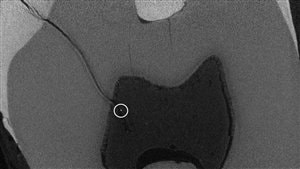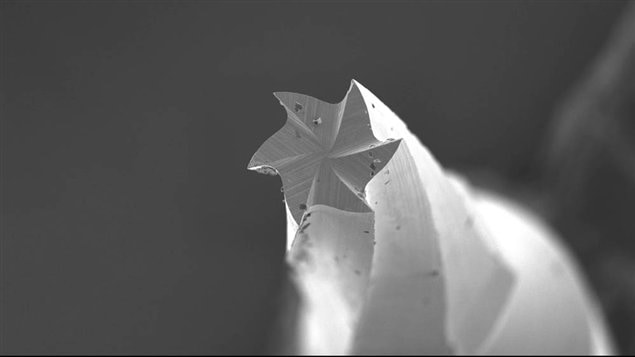Dental researchers at the University of Saskatchewan in western Canada, have made a surprising discovery.
They found that dental drills, which are not bio-compatible, are leaving microscopic bits of metal in the tooth, and therefore possibly also in the oral cavity.
Dr Assem Hedayat is an assistant professor of dental materials at the College of Dentistry, University of Saskatchewan
ListenWorking with fourth year physics student, Nicole Nagy, professor Hedayat was initially seeking to understand if the materials from typical amalgam (including mercury) and the new composite (tooth-coloured plastic) fillings could leach into the tooth pulp and thus into the body through the microscopic tubules in tooth anatomy
Teeth were prepared using standard dentistry materials and practices and sent to the Lawrence Berkeley National Lab synchrotron for analysis. The returned images were not fine enough to detect the tubules, but did show something totally unexpected.

Because of the tiny size of the tubules, Dr. Hedayat was working with the fourth year physics student to assist with a 3D imaging process.

The refined images showed bits of dental drill, or burr, that had been broken off and remained in the tooth, the first time anyone had ever imaged such a phenomenon.
Analysis of the dental “burrs or burs” (drills) showed they were made of tungsten-carbide-cobalt.
Because of the presence of cobalt, there is a bio-hazard to having the material in the body.
The metal particles also have sharp edges and lodge into the flesh, and any bio-imcompatible material lodged in the body is a concern.

“You have to remember that if we’re finding one or two fragments in these teeth, how many more splash around in someone’s mouth and end up being swallowed?.” said, Dr. Hedayat.
Dr Hedayat is continuing his original hypothesis and will use the synchrotron available at the University of Saskatchewan, but this new discovery has opened up a number of questions and issues likely to lead to further research and possibly new materials and techniques in dentistry in the future







For reasons beyond our control, and for an undetermined period of time, our comment section is now closed. However, our social networks remain open to your contributions.